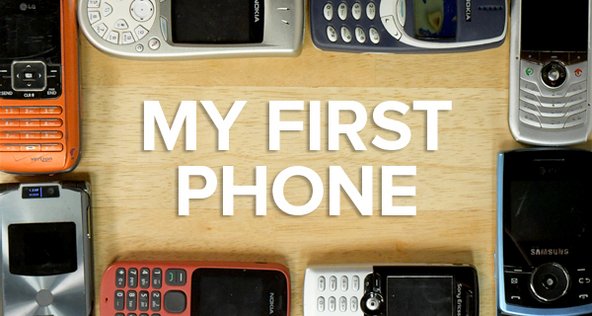Earth Day is this week! To help you get in the spirit, we’re sharing videos and blogs that shed some light on how smartphones impact the environment—and how you can make your phone a more sustainable part of your life. Stay tuned for more on this topic.
Did you know that, globally, we dump as many as 50 million metric tons of e-waste every year? That’s the equivalent weight of over 8 Great Egyptian Pyramids!
Don’t panic, you don’t have to swear off technology to fight the spread of e-waste. (Smart gadgets, especially phones, are a pretty integral part of our life.) But you should make an effort to get as much use out of your gadgets as possible before you get rid of them—if not for your pocketbook, then for the environment.

Here are a few things to consider when you decide to buy a new phone:
Look for a phone that’s durable.
Opt for a phone with a metal chassis instead of a glass sandwich. Glass shatters; metal generally doesn’t. And if you’ve lost a few phones to the toilet like I have, then you might consider a phone that’s water resistant. Keep in mind, waterproof phones are often glued shut with loads of adhesive, which doesn’t bode well for repairability. Your phone might survive a drop into a puddle—but if that drop smashes the glass, you might be shelling out more cash for repairs than you’d like.
It’s not impossible to find a phone that balances water resistance and repair—you just have to be on the lookout for them. The iPhone 7, for example, is water resistant, but still manageable to repair. Of course, the iPhone 7 also has a home button that isn’t user-replaceable. So, there’s some give-and-take.
Open sesame!
When stuff breaks, you need to open it up and fix it. Some phones make that easier than others. When looking for a new phone, ask yourself, how easy will it be to get inside? Is the phone glued together, or does it use easy-to-remove screws? Are the individual components modular or are they soldered together? Do you need a whole bunch of crazy tools to take it apart, or a standard set of drivers?

Do you need parts with that? (Of course you do.)
You can buy the most repairable phone in the world—but if replacement parts aren’t available, you’re seriously out of luck. Most phone manufacturers—except Fairphone—don’t sell parts to the public. And if you’re buying a newly-released phone, you’ll probably find that parts aren’t available anywhere yet. But if the phone is popular enough, the aftermarket usually comes through with third-party parts. Otherwise, you’ll have to cannibalize parts from a broken phone.
Repair information is key.
Check to see if service manuals or repair guides are available for your phone. Most phone makers don’t release repair manuals to the public, but that doesn’t mean you’re flying solo. iFixit.com has guides for hundreds of phones. If you have a phone that we haven’t covered, check out YouTubers, like our friend Zack from JerryRigEverything. He’s got awesome repair and durability videos to help you pick the phone that can put up the best fight over time.
Look into repair services.
And if you’re not the DIY sort, then dig into that warranty and see if your manufacturer offers a repair service. Or look up a local repair shop and ask if they offer services for your brand of phone. You’ll want them on speed dial when your phone takes a nose dive into the concrete. (If your speed dial still works.)
Consult the scorecard.

Check our smartphone repairability chart. We take apart the most popular phones and award them a repairability score so you don’t have to! Points are awarded for upgradability, use of non-proprietary tools for servicing, and component modularity. Points are docked based on the difficulty of opening the device, the types of fasteners found inside, and the complexity involved in replacing major components. A device with a perfect score of 10/10 will be relatively inexpensive to repair because it is easy to disassemble and has a service manual available.
If you want to learn more about why fixing your cellphone is good for the environment—then keep your eyes peeled for our other blogs and videos coming later this week.




0 Comments